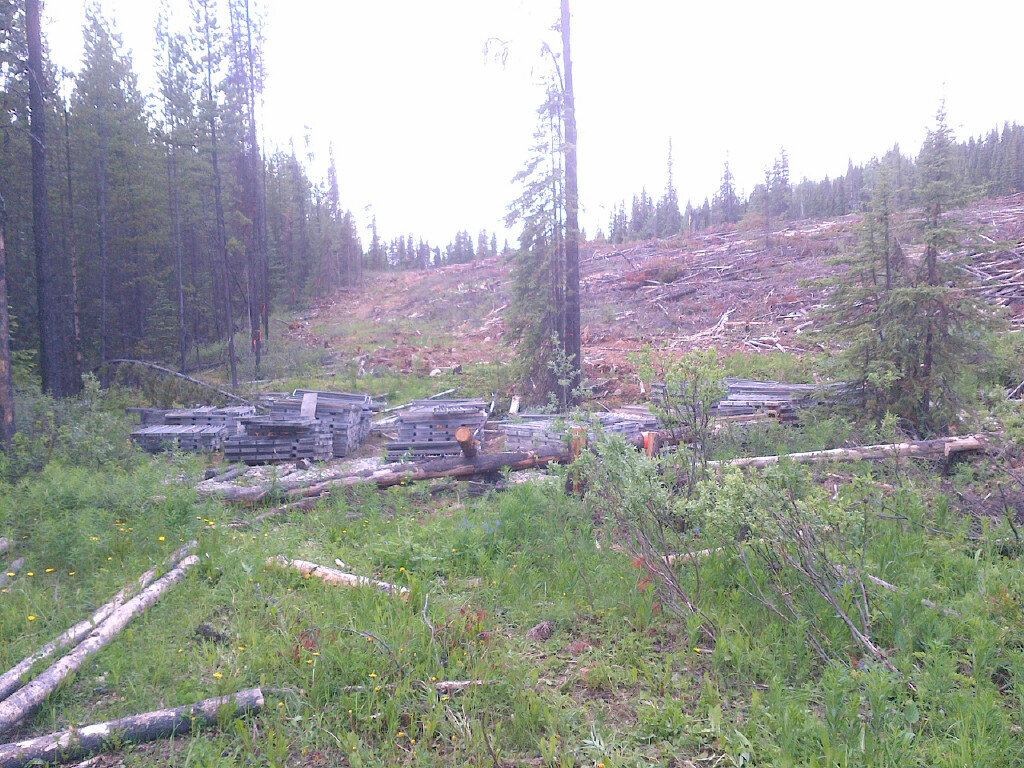Kestrel Gold up 28.6% on B.C. drilling news

Kestrel Gold Inc. [KGC-TSXV] shares rallied sharply in active trading Thursday after the company released infill drilling results from its QCM property in northern British Columbia.
The company said a 9.0-hole drill program covering 992.38-metres has confirmed the potential for northwest strike extensions to the QCM zone.
QCM is a road accessible, near surface, bulk tonnage gold target, consisting of replacement and vein style mineralization within carbonate-altered and pyritic volcanic greywacke and argillite. The drill program tested the QCM zone over an approximate strike length of 350 metres.
The company said broad intervals of gold-bearing mineralization and alteration were intersected in all holes completed.
Peak values include 0.847 g/t gold over 152.44 metres, including 3.665 g/t gold over 16.77 metres within hole 7.0.
“The gold bearing intervals within holes 1.0 and 2.0 provide confirmation that the QCM Zone remains open beyond the northwestern limits of the historical drill array,” the company said.
Kestrel Gold shares rallied on the news, rising 28.6% or $0.02 to $0.09 on volume of 2.64 million. The shares are currently trading in a 52-week range of 20 cents and $0.055.
Kestrel is an early-stage exploration company engaged in the acquisition and exploration of mineral properties in Western Canada, within the Canadian Cordillera. A key focus is on hard rock targets located in placer gold mining districts.
Its portfolio includes a 100% interest in the King Solomon’s Dome (Dawson Mining District, Yukon) and three separate option agreements to acquire a 100% interest in the QCM, Sixtymile (Yukon) and Grabben (McKinnon Creek, Yukon) projects.
The QCM property covers 5,975 hectares or 59.75 square kilometres and is located within the heart of the Manson-Germansen placer gold district.
Several mineralized showings occur within the property boundaries, including QCM where the majority of historical work, including drilling, has been concentrated.
Previous drilling intercepts, including 1.44 g/t gold over 181.36 metres and 173 g/t gold over 1.5 metres suggests the potential for both bulk tonnage as well as high grade styles of mineralization, the company has said.
Kestrel said there appears to be 2.0 stages of gold mineralization, including an initial phase related to pervasive iron-carbonate and sericite alteration of reactive lithologies overprinted by structurally controlled quartz-pyrite veining and silicification.
Mineralization and alteration have characteristics of both orogenic as well as sediment-hosted vein (SHV) type targets.
The company recently said data from airborne geophysical survey in conjunction with existing geological mapping has helped to further refine the geological picture. Kestrel said the QCM Zone is interpreted to be a northwest-trending and southwest dipping body extending over an approximate 650-metre length, open to the northwest, by 350 metre width and possibly averaging 50 metres in thickness.
“These dimensions, coupled with the gold grades returned from the current and historical drilling suggest the potential for significant gold resources within the QCM Zone,” said Kestrel President and CEO Rob Solinger.
